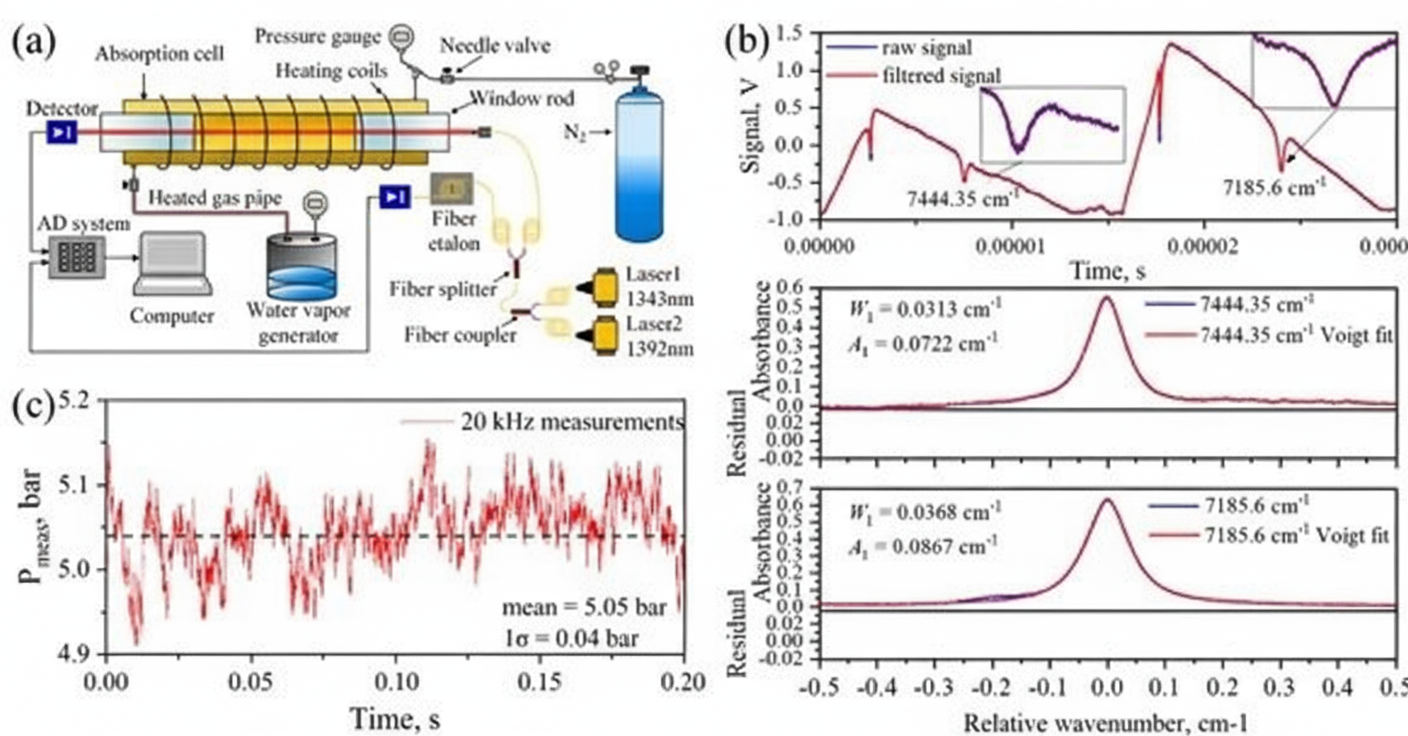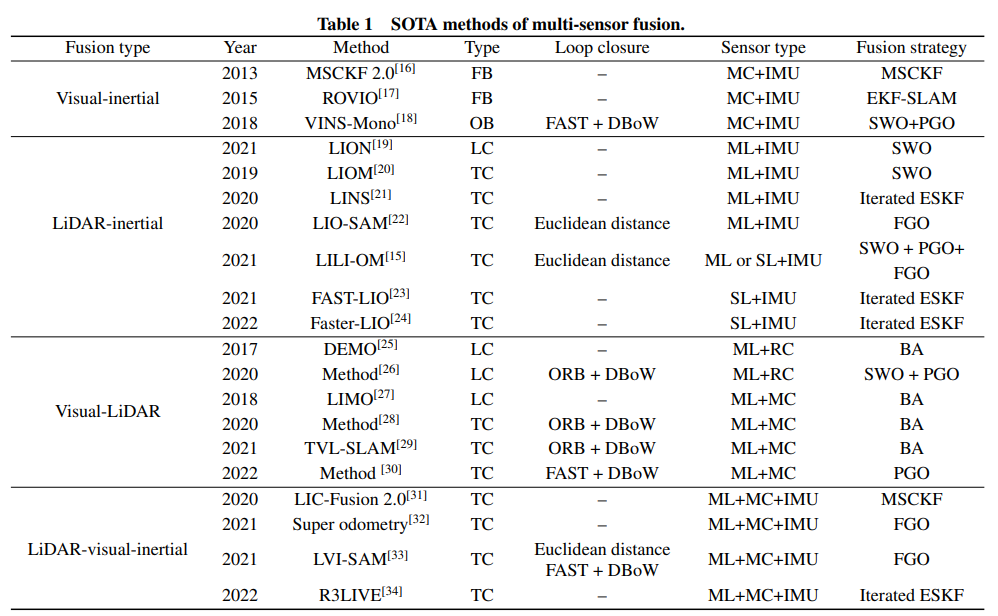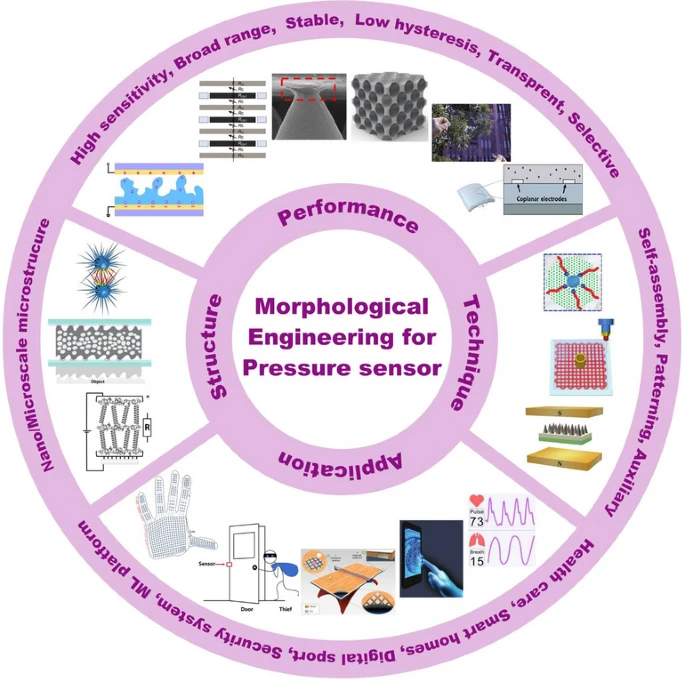Overview
Researchers at the Anhui Institute of Optics and Fine Mechanics, Hefei Institutes of Physical Science, Chinese Academy of Sciences have reported progress in tunable diode laser absorption spectroscopy (TDLAS) for high-temperature pressure measurement. The work was published in Optics Letters (SCI Q2, IF=3.6).
Background
High-pressure combustion is important for improving combustion efficiency and power density. Conventional contact pressure sensors face limitations in high-temperature combustion environments, including limited temperature tolerance, large sensitivity drift at elevated temperatures, and disturbance to the combustion flow field. TDLAS has attracted attention for combustion diagnostics because it can measure multiple parameters (temperature, pressure, concentration) rapidly with high sensitivity and strong immunity to interference. However, traditional TDLAS pressure measurements are affected by variations in molecular concentration, which limits accuracy and applicability.
Method
To address the interference of molecular concentration on pressure retrieval, the team proposed a dual-wavelength laser absorption spectroscopy method. The method uses two H2O absorption lines near 1343 nm and 1392 nm and reconstructs pressure from a linear combination of the Lorentzian linewidths of the two lines, enabling concentration-immune pressure measurement. The combination coefficient was calibrated experimentally over a temperature range of 473 K to 1273 K, allowing non-contact, high-precision, high-speed pressure measurements in high-temperature environments. The reported measurement accuracy is 3% and the measurement rate reaches 20 kHz. This approach extends TDLAS-based combustion diagnostics from temperature and concentration to simultaneous measurement of temperature, concentration, and pressure.

Figure: dual-wavelength laser absorption spectroscopy pressure sensing method. (a) experimental setup; (b) spectral signal; (c) 20 kHz continuous pressure measurement at 1300 K, 5.04 bar.
Funding
This research was supported by the National Natural Science Foundation of China (No. 61775221) and other projects.
 ALLPCB
ALLPCB






